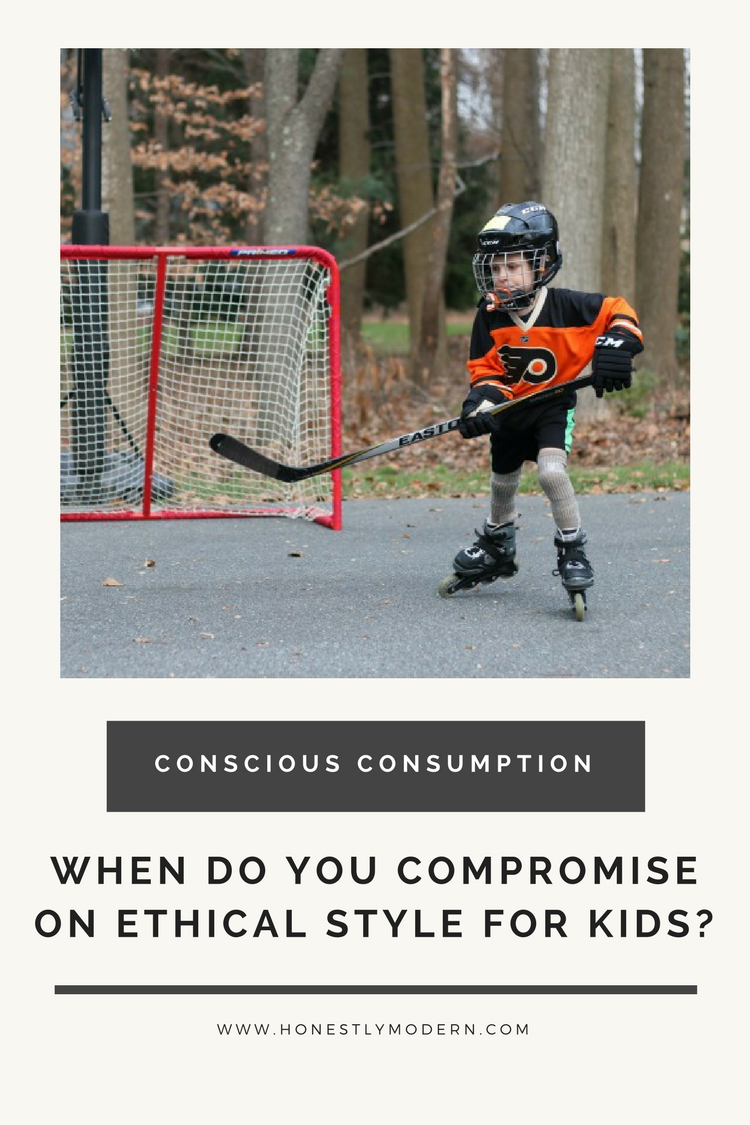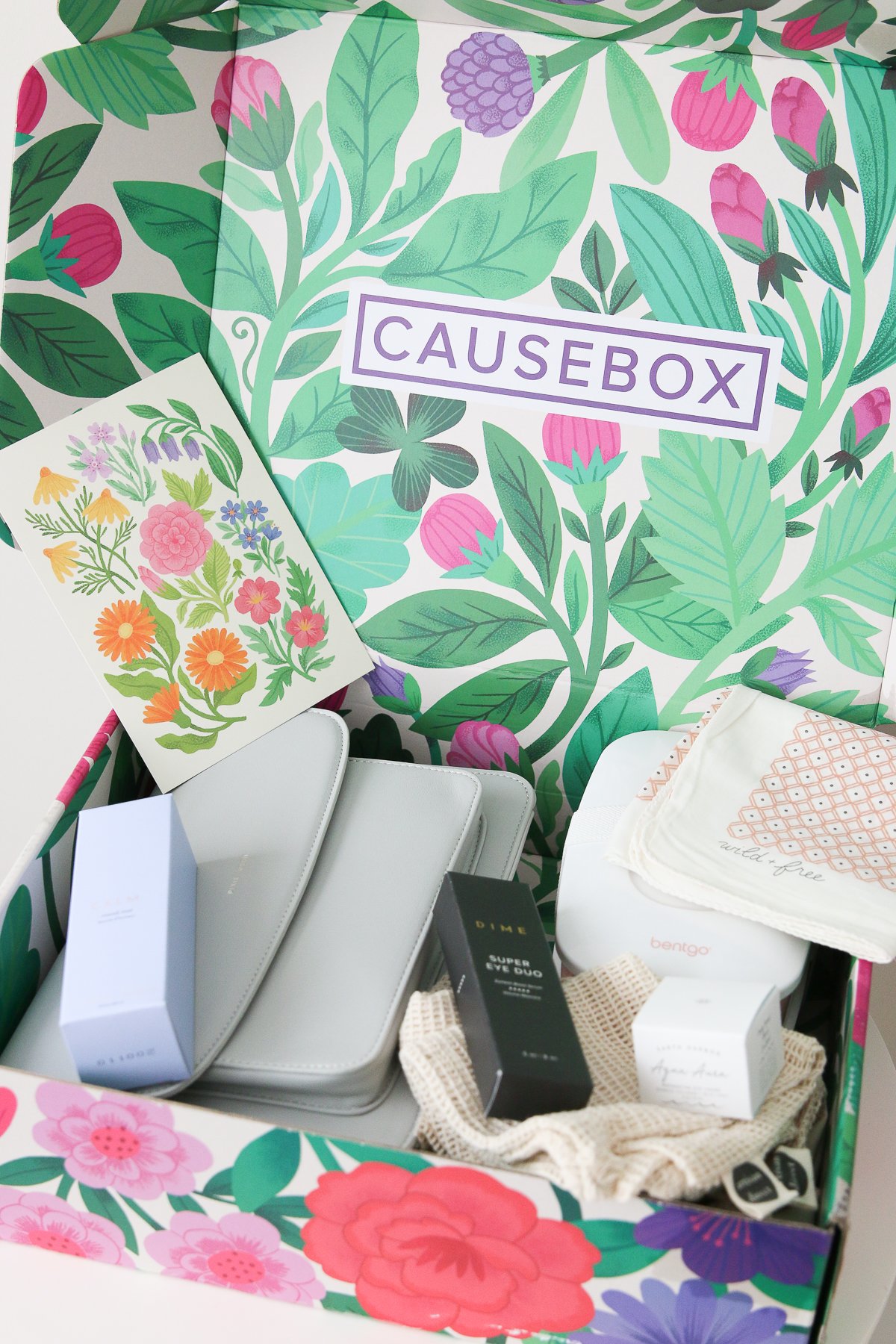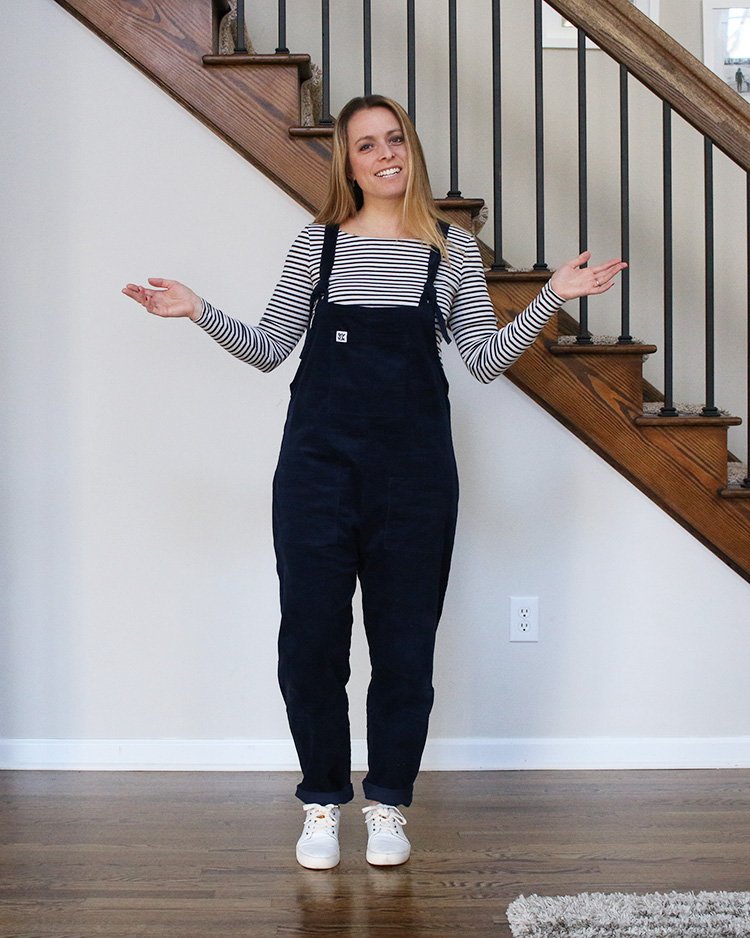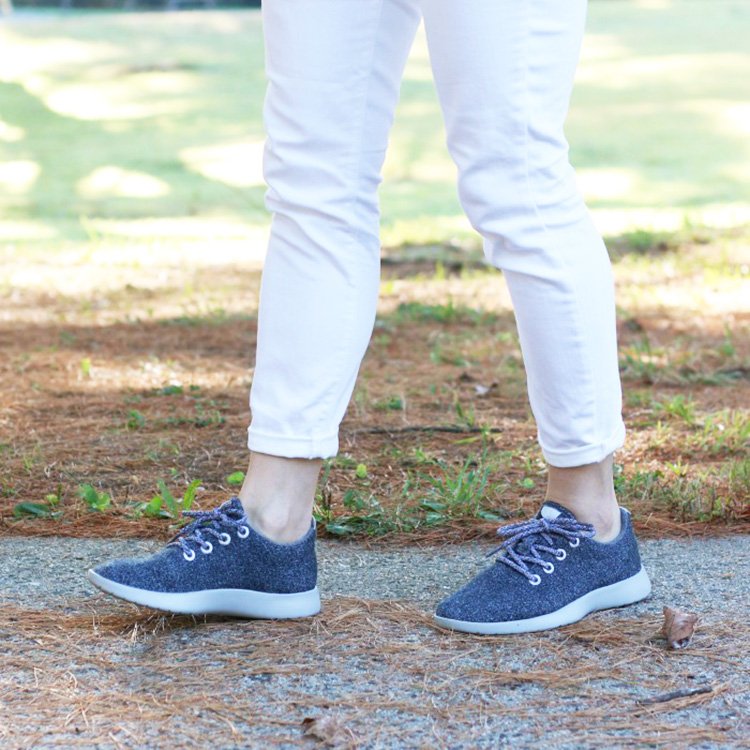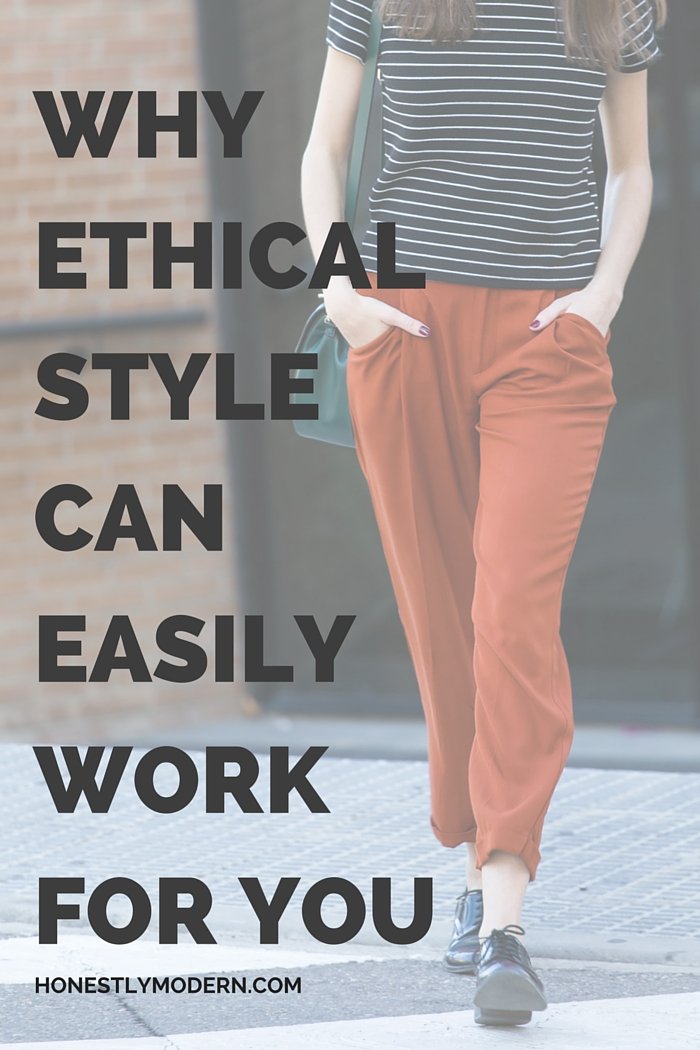When Do You Compromise on Ethical Style For Kids?
Fast fashion thrives for many reasons, not the least of which is convenience. What we want is generally readily available at fast fashion shops. Finding an ethical alternative, on the other hand, can sometimes feel exhausting, almost prohibitively. Is there a right time to compromise, even in the face of ethical consumption principles?

A host of sites and curators (like To The Market, Fair and Simple, The Brightly Co, and DoneGood) have come to market to help consumers find the brands we want that are doing better for and by their communities. Yet at times, it can still be hard to find what we want.
In our journey to find a mainstream path through minimalism, I’ve compromised (in a way) with respect to purchasing clothes for my boys. Ethically-produced and fair trade retailers can be quite expensive, especially for children. The companies pay fair wages, ensure better working conditions and use more sustainable materials than most of their traditional counterparts, all of which costs money.
For myself, I can more easily justify investing in fewer pieces with higher price points that I will love and will last. With my boys, however, they grow out of their clothes overnight and tear holes through the knees of their pants in the blink of an eye, no matter who made them or how few pesticides were used in growing the cotton of which they were made. Neither can I afford nor do I desire to don them in spendy apparel.
When they were younger, I purchased exclusively secondhand clothes. A few came from thrift shops while the majority I purchased from ThredUp. I still buy a lot of their clothes from ThredUp, but my boys are twigs and many brands don’t work for them. They lose their pants after just a few paces through the park. Additionally, they love college and professional sports team apparel. No one makes ethically-produced sports apparel and finding their teams in the right sizes and styles that fit them in secondhand shops is no easy feat. There just isn’t a lot of inventory to be had.
As a result of these obstacles, I’ve made a few compromises with respect to ethical standards to streamline our family life and minimize the stress we feel as a result of procurement of clothing for our kids. I’m a true believer in moderation, and that applies to abiding by ethical shopping standards and stress related to style matters.
Three Compromises We’ve Made to Simplify Our Children’s Wardrobe
Fewer Brands ~ We have found a few brands that fit our boys well, and we stick with those brands. I don’t need my kids in the latest and greatest trendy brands, and they certainly don’t care. I know that the joggers, sweatshirts, and pajamas from Primary.com, for example, will fit them and will last through many washes and wears. They also like these pieces, so they don’t spark whining or complaining while getting dressed in the morning. That’s a serious win!
Focus on Buying The Right Things and Not Always The “Most Ethical” ~ Less of some “half ethical” pieces is better than more of a bunch of truly fair trade or ethical brands that don’t really work for our life or wear out quickly. I’m not suggesting ethical brands are poorly made; I don’t think that’s true at all, by and large. But when it comes to better, less is better. It results in less spending, less waste, less use of resources, and less stress about space used up in our house by piles of clothes.
We, the collective world, are never going to buy our way out of unfair labor practices. Purchasing power matters, but we don’t have enough dollars available to single-handedly complete a true shift in production habits. In the end, less of the right stuff is better than more of anything that won’t be put to its highest and best use.
Give My Kids Some Say In What They Wear ~ My kids like having a say in what they wear. Letting them choose their clothes helps build independence and reduce fights over “the small stuff”. We have enough more important battles to pick. I’m choosing my battles wisely, and clothing is not on my priority list. We let our kids dress themselves and don’t interfere (for the most part) assuming their clothing is appropriate for the social setting and weather.
Following these principles, we don’t always stick to “ethical” clothing purchases for our boys. They love sports team apparel. They love jerseys and have received several as gifts (and in some cases bribery…. because we are not above bribery).
I buy a lot of their clothes secondhand, but we focus more on just buying what they need, when they need it, and nothing more. They share one dresser that holds substantially all of their clothes for all seasons, so I think their wardrobes are pretty reasonable.
What personal policies or strategies do you follow when it comes to clothing for your kids? If they are old enough to express their preferences, how much do you let them influence purchases?
